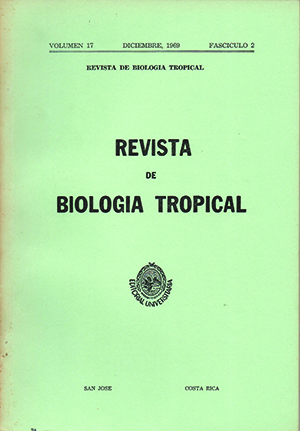Resumen
Hasta el presente no ha sido aclarado el mecanismo patogénico de la lesión amebiana, ni se ha demostrado convincentemente que esta lesión sea causa da por la secreción de sustancias proteolíticas de la Entamoeba histolytica. Basada en observaciones experimentales, la nueva teoría aquí expuesta propone que E. histolytica produce lesión celular por acción de sus enzimas digestivas al morir y desintegrarse en el tejido. Alimentándose de células dañadas por este proceso, una parte de la colonia sobrevive y se reproduce, estableciéndose un equilibrio entre reproducción y muerte de amebas, que resulta en el aumento progresivo de la lesión. Es condición indispensable para el inicio de una lesión que la ameba encuentre una zona de necrosis celular una vez que ha logrado penetrar en el tejido. De acuerdo con esta teoría, se discute en detalle el posible mecanismo patogénico de las lesiones intestinales y hepáticas.##plugins.facebook.comentarios##
Descargas
Los datos de descargas todavía no están disponibles.






